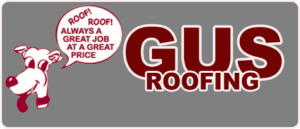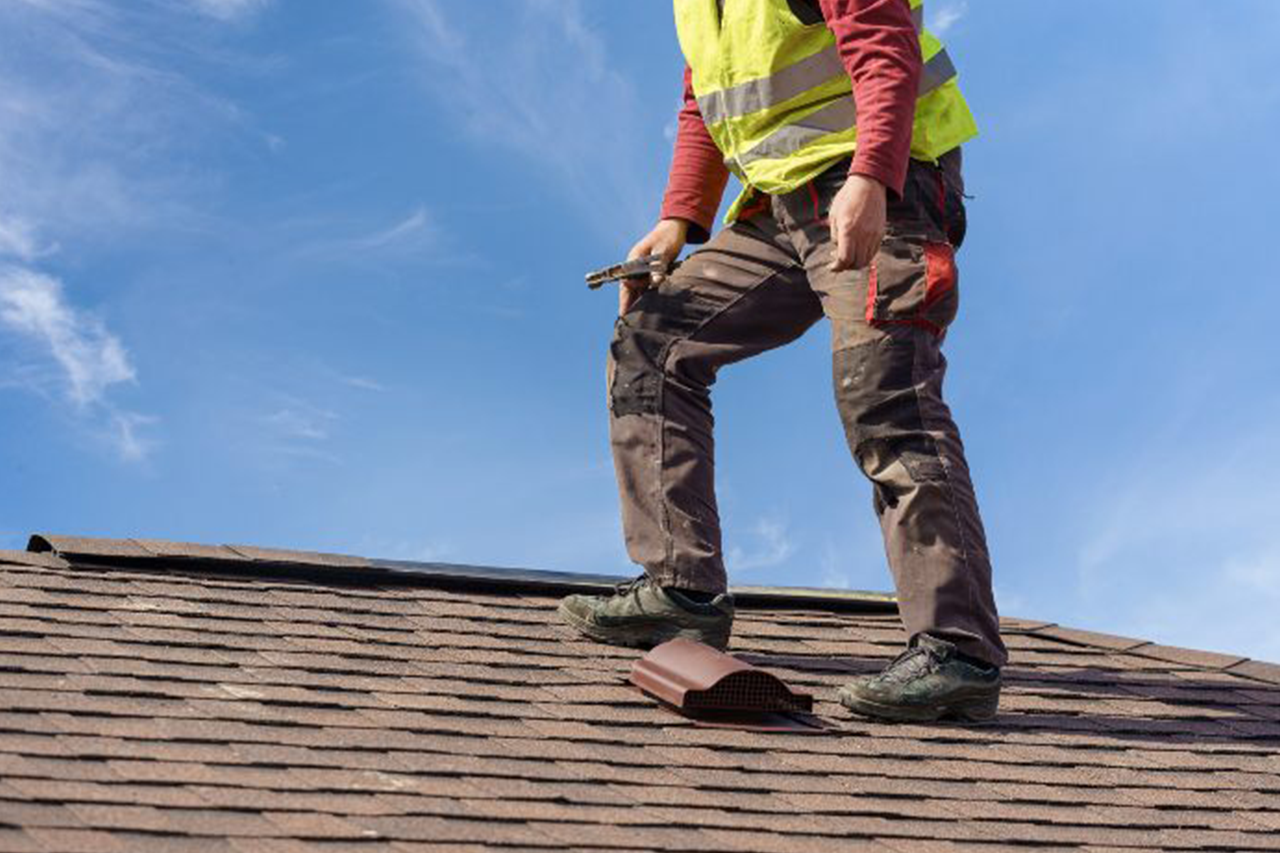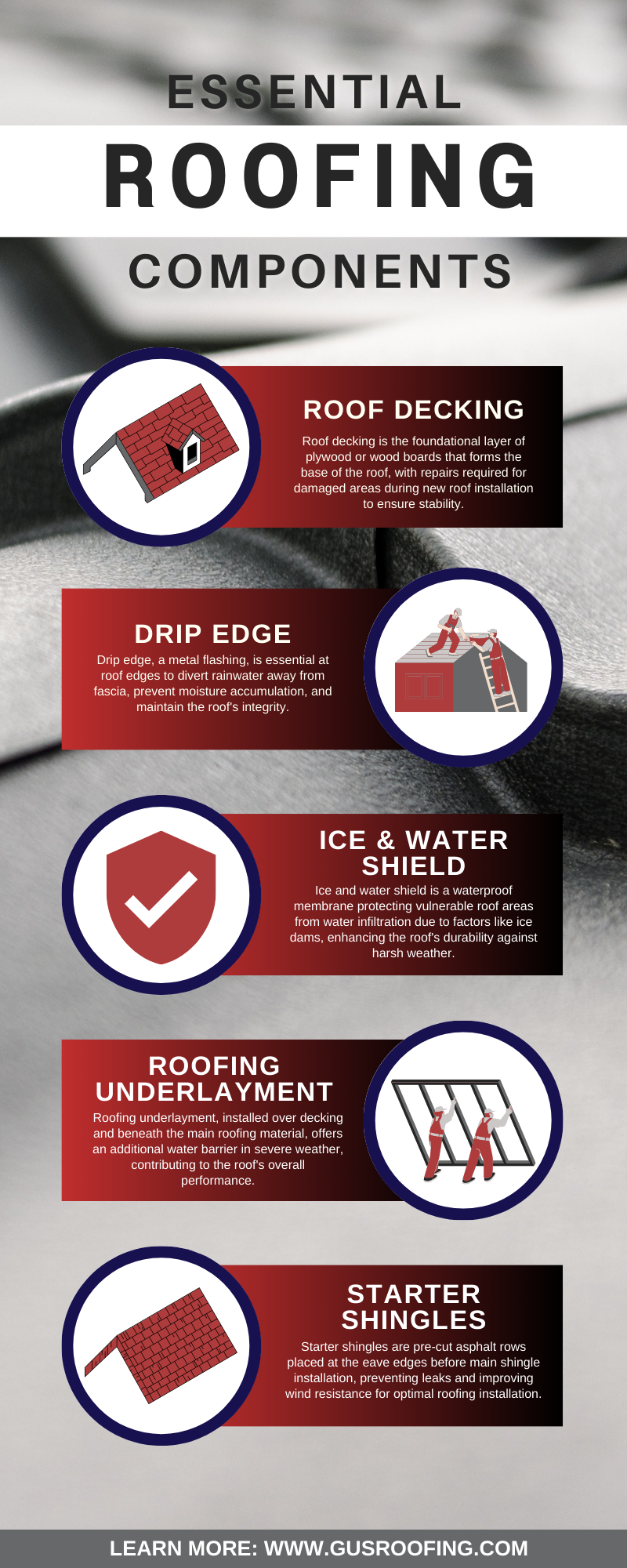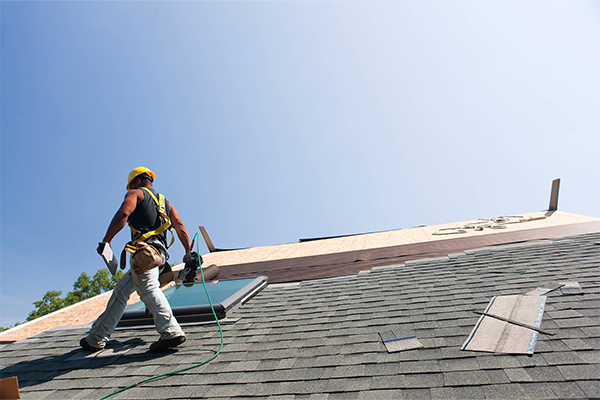Homeowner’s Guide to Roofing Components and Terminology
Investing in a new roof is a significant yet complex undertaking for many homeowners. To make the most informed decisions throughout this costly process, you need a thorough understanding of basic roofing components and industry terminology. By learning about the main parts of a roof system and the common terms used by contractors, you will be able to accurately assess problems, compare bids, ask the right questions, and ultimately secure the highest quality, longest-lasting roof possible within your budget. This comprehensive guide covers everything homeowners need to know about roofing terminology and components.
The 9 Main Parts of Essential Roofing Components
1. Roof Decking
The roof decking, also known as the roof sheathing, consists of plywood or wooden boards that form the base structure and framing of the roof. All other roofing materials are installed on top of the decking. If there are areas that are rotten, warped, or otherwise damaged, repairs will be necessary when installing a new roof system. Properly addressing these issues during installation is crucial for ensuring a stable and durable roof structure.
2. Drip Edge
Drip edge is a metal flashing component that is installed along the edges and overhangs of the roof, primarily at the eaves and rake edges. Its purpose is to divert rainwater away from the fascia board and prevent it from seeping underneath the shingles or other roofing layers. Properly installed drip edge is required by building codes because, without it, water can easily cause fascia and decking rot over time due to moisture accumulation. Prioritizing the correct installation of drip edges ensures effective water drainage and helps safeguard your roof’s integrity for years to come.
3. Ice and Water Shield
Ice and water shield is a protective, waterproof membrane layer applied to vulnerable areas of the roof prone to ice dams, water pooling, and moisture damage. This includes eaves, valleys, low-slope roof sections, and areas around vents or chimneys. The shield safeguards the decking in case water infiltrates under the shingles due to wind, ice dams, or other factors. It provides leak protection and is an essential component for all roofs in most climates. By fortifying these susceptible zones, ice and water shield enhances your roof’s resilience against harsh weather conditions and potential water intrusion.
4. Roofing Underlayment
Underlayment is a secondary water barrier made of layered roofing felt, synthetic materials, or other water-resistant products. It is installed over the roof decking but underneath the main exterior roofing material itself. It offers additional protection to the decking in case water penetrates the main roofing material during severe weather. Investing in quality underlayment enhances overall roof performance and longevity.
Inspections also help insurance companies ensure that the claimed damage is legitimate and not preexisting or caused by other factors. By examining the property firsthand, inspectors can verify the authenticity of the claim and rule out any potential fraudulent activity. This is why having your own inspection done by a trusting roofing company will help you fight the insurance company if it comes to that.
Additionally, inspections allow insurance companies to estimate the cost of repairs accurately. This information is crucial for determining the appropriate settlement amount and ensuring that the claimant receives the necessary funds to restore their property adequately.
Ultimately, inspections serve as a vital step in the claims process, enabling insurance companies to protect their interests, validate claims, and provide fair compensation to policyholders.
5. Starter Shingles
Starter shingles are pre-cut rows of asphalt shingles installed along the bottom eave edges of the roof before the main shingles. They seal the joints where shingles meet to prevent leaks. Starter shingles also provide improved wind resistance. For optimal shingle installation and wind performance, starter shingles should always be used.
6. Roofing Material
The roofing material is the top exterior layer installed over underlayments directly onto the roof deck. Common options include asphalt shingles, metal panels or shingles, natural slate or ceramic tile, cedar shakes, or synthetic materials. The specific material chosen impacts cost, durability, longevity, and aesthetics. Homeowners should carefully select the right roofing material for their home, climate, and budget.
7. Roof Flashing
Flashing consists of thin, malleable pieces made of metal or other materials. It is installed around joints, valleys, chimneys, vents, walls, and other roof intersections. Flashing directs water away from vulnerable areas and prevents leaks where water could otherwise seep in. Quality flashing should ideally last as long as the roof itself. Regular inspections ensure that the flashing remains in good condition over the years.
8. Ridge Capping
Ridge capping is the trim material that covers the peak of the roof where two sloping sides meet at the ridge line. It is thicker and more durable than regular roofing material. Pre-bent ridge caps are designed to conform to the roof’s shape, ensuring a precise fit. Using the roof manufacturer’s approved ridge capping prevents leaks. Some contractors may cut costs by using regular 3-tab shingles instead of proper ridge material. Prioritizing high-quality ridge capping safeguards against potential water infiltration and contributes to the overall effectiveness and resilience of your roof structure.
9. Roof Vents
Roof vents facilitate the escape of hot attic air and the circulation of fresh air, offering essential home ventilation. Proper attic ventilation extends the roof’s lifespan by preventing damage caused by trapped excess heat and moisture. While turbine vents and power vents are particularly effective, box vents, gable vents, and ridge vents also provide sufficient airflow. It is important to note that having some form of ventilation is preferable to having none at all. By promoting proper air exchange, roof vents contribute to the longevity and overall health of your roofing system.
Additional Key Roofing Terminology for Your Reference
- Rakes/Eaves: are the edges of the roof that run up the sloping sides. Eaves run horizontally along the lower edge.
- Facets: are the flat planar sections or sides that make up the roof’s surface area. More complex roofs have more facets.
- Valleys/Hips: are internal intersecting angles where roof facets join. Hips are external connecting angles.
- Gable: refers to the triangular wall section underneath overhanging roof edges, often used for venting.
- Fascia: is the decorative edging underneath roof edges, sometimes part of the drip edge.
- Soffit: is the underside material of overhanging eaves, often with venting installed.
- Dormer: is a small roof section that projects out from the main roof, usually with a window.
In essence, understanding key roofing components and common industry terminology empowers homeowners to make more informed decisions when investing in a roof replacement or repair project. Comprehending the main parts of a roof system enables you to accurately assess contractor bids, anticipate potential issues, ask better questions, and ultimately secure the best and most durable roof possible. With this essential knowledge, you can confidently tackle your roofing project.
Contact us to get your annual roof inspection scheduled today: https://www.gusroofing.com/.





